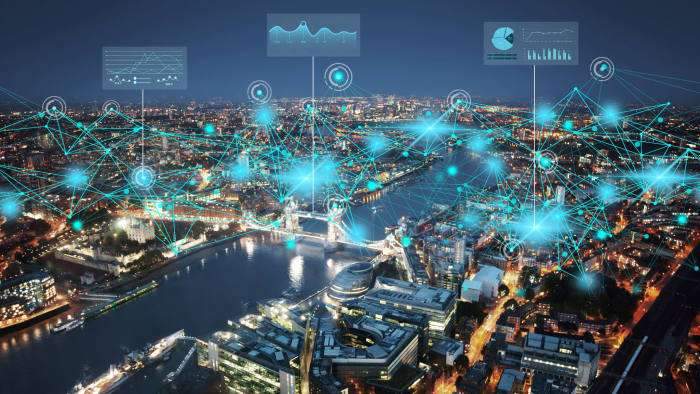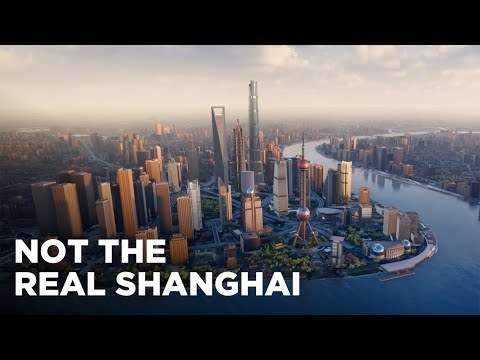The digital twin and its role in urban planning,
The digital twin is the primary reason for a major change in urban planning,
as it essentially presents the city as dynamic, in virtual form.
Every element of the historical fabric, new construction,
and public transportation is computed in a single 3D model.
It not only introduces the main elements in terms of landscape,
but also includes conditions that are often overlooked such as the presence of light throughout the day,
shade and the presence of plants and trees.
All of this contributes to a better initial process of analyzing the site.

The digital twin as an archive of the past present and future
The digital twin consists of three main components, which are visualization, prediction and diagnosis.
It provides an opportunity to make modifications to the city’s landscape,
so that it can be simulated and tested before it goes into effect.
It can also potentially predict how changes to a structure will affect its surroundings,
and is an excellent method for careful urban planning,
minimizing stagnation and ensuring the city’s continued development.
The digital twin concept is literally useful for use in construction projects both large and small.
It presents the physical space as a default form, allowing user input and using real-time data to stay updated.
The widespread use of BIM (Building Information Modeling) in the built environment can benefit from the use of the digital twin,
using real-time feedback to update the information model.
The more access to this information, the better the outcome of the project.
What are interesting are the absolute advantages in terms of implementing a digital twin in urban planning,
as it can measure the structural integrity of buildings over time.
It can also prevent costly errors and measure aspects of energy consumption and carbon emissions.
It can encourage better decision-making on a large scale in the development of our cities in the future,
given the long and short-term ramifications.
How the digital twin collects the desired information
The digital twin uses a form of “hot data”, a term used to describe accessible, feasible, and model-relevant data.
Much of this data can be collected through the use of IoT devices,
as this data is extracted from physical sensors,
which can collect information including air quality, humidity, occupation, etc.
This type of information greatly benefits the occupants, the built environment,
in terms of demonstrating a user-centric approach to the design process,
based on evidence, to better respond to people’s architecture requirements.
Examples of the digital twin
One of the prominent examples of the digital twin under development is the city of Damascus,
with the aim of improving the city’s infrastructure within virtual reality.
He hopes that the unrestrained nature of the twins will allow the citizens themselves to offer their views on the redevelopment of the city’s landscape.
The digital twin provides us with an ongoing feedback loop regarding building performance,
allowing adjustments to be made before any project is undertaken.

The future of the digital twin
The future of this system is likely to be artificial intelligence.
Will it lead to a new way of implementing urban transformation?
BuildMedia provided a precedent that includes a digital twin from Wellington, New Zealand,
which provides the city with a vehicle for large-scale decision-making and serves as a platform for participation.
Not only can it provide insights to citizens, but it can also prove to be an effective marketing tool for urban planning.
The twins can also be useful in highlighting the shortcomings of the urban environment by simulating unexpected scenarios.
And it can allow for a more resilient future for our built environment by providing us with insight into a potential disaster.
It can also emphasize and appropriately manage any infrastructure that may be vulnerable through disaster mitigation.
The widespread use of digital twins may have proven useful in the face of the pandemic.
Chinese company 51 World has created a digital twin for Shanghai, built using hot data from sensors,
drones and satellites.

To demonstrate its versatile nature, it provides an assessment of natural disaster risk (including flood planning)
and a method for quantifying the impact of new buildings.
The digital twin is the foundation of the city of the future;
By allowing advanced decision making in urban planning.
Its attractive nature is its ability to evolve, to present new paradigms in the way we imagine the built environment.


 العربية
العربية